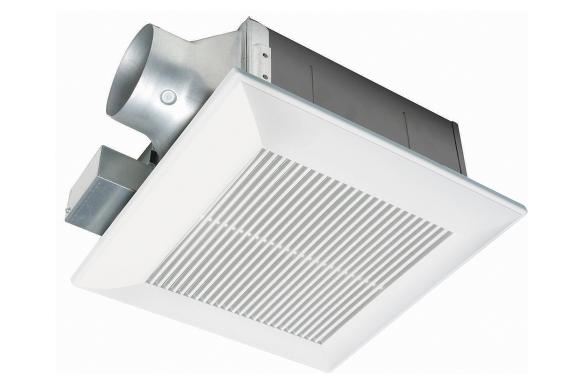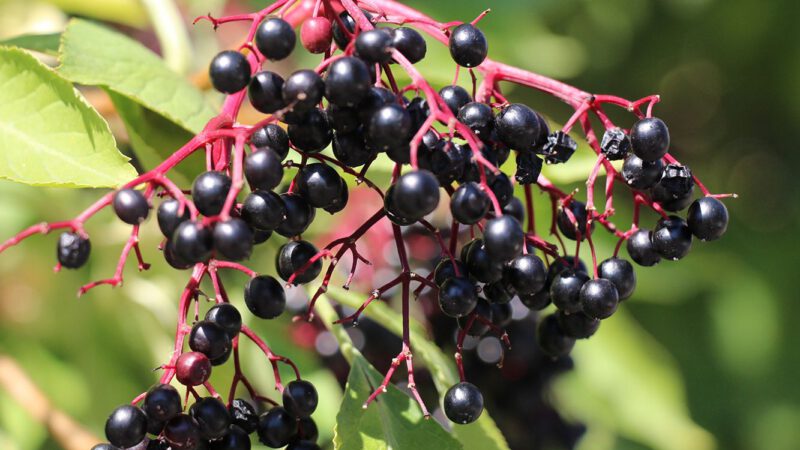Popular Campanula Species
If you are looking for a perennial plant that is easy to grow and will provide beautiful flowers in your garden, then bellflowers might be the right choice for you. Bellflowers or campanula are perfect plants because they can grow in different soil types and withstand drought conditions.
Campanula is one of the most popular perennial plants for gardens, but it can be hard to find good information about them online. The problem with bellflowers is that they are often mistaken for other types of flowers. This makes it difficult to identify which species you want and how to care for them.
We’ve created this guide because we love growing bellflowers in our garden. It will help you pick the right plant, grow it well and have a beautiful flower show all summer long.
Bellflower Species
Bellflowers are available in shades of blue, lilac, pink, purple, and white. Depending on the species, the flowers are cup shaped, saucer shaped, star shaped, or bell-shaped. They’re planted in the summer and the bloom time is from late spring through early autumn.
These flowers also perform best in well-drained neutral pH and medium moisture. Give this plant full sun in the North and partial shade in the south. There are over 500 species of the campanula genus. Some are annual or biennial.
The most common species are Canterbury bells, also known as campanula medium. Campanula medium is a biennial species. Keep on reading!
Dalmatian Bellflower
Also known as campanula portenschlagiana, it is found in Central and Eastern Europe. It’s one of the species that is easy to grow at home. It makes a good edging plant along the walkway. It’s an effective ground cover, thanks to how it spreads via underground rhizomes.
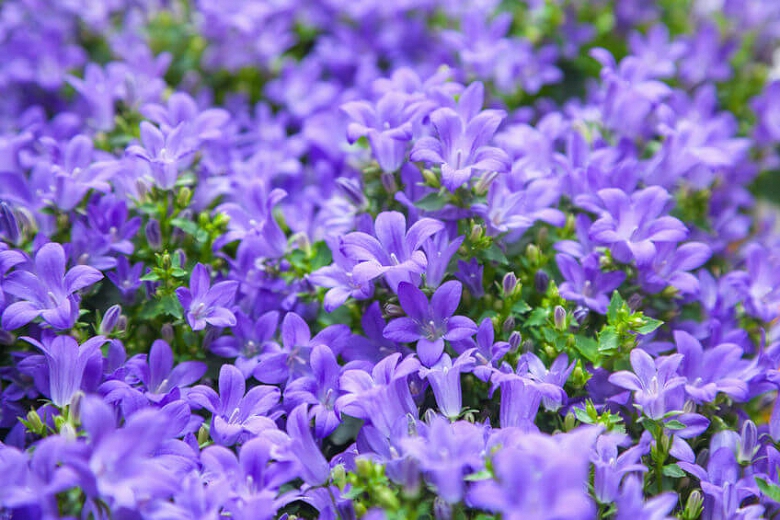
Image credit: https://www.gardenia.net/
This perennial flowering can be short-lived if you plant in poor drainage. The flowers are purplish or bluish, and it opens from a bell to star shape at full bloom. This bellflower is perfect for rock gardens, cascading over walls and raised beds.
Campanula Poscharskyana or Serbian Bellflower
It has layers of narrow, pointed leaves and taller stems topped by ornamental flowers. Serbian bellflowers are purple-blue bellflowers with yellow centers that open into star shapes in full bloom. The plant grows 3 feet tall, making it ideal for borders or at the edge of woodlands. Its lilac-blue flowers start bell-shaped but later open to star-shaped. It has oval to heart-shaped leaves.
Bluebell or Campanula Rotundifolia
Bluebells of Scotland is a low-growing perennial, alpine bellflower that produces dainty purple-blue hanging flowers on thin, wiry stems. It takes the shape of a rosette. Its light blue flowers are bell-shaped and nod to the ground.
Image credit: https://images.unsplash.com/
Campanula Lactiflora or Milky Bellflower
Campanula lactiflora is a lovely perennial plant having upright stems and shades of pale blue and white. A native to the Caucasus Mountains, it has delicate bell-shaped flowers that look like small blue pom-poms growing on slender stems up to 24 inches tall.
The bellflower is also called the ‘milky bellflower’ as the whole plant except for the flower turning milky white if touched with a bare hand. Milky bellflower doesn’t perform in hot weather, making it not a suitable choice for the south. It thrives in plant hardiness zones 5-9 and is a perfect taller perennial for the back of your border garden.
Clustered Bellflower
Clustered bellflower is a good choice for the front of the border since it has longer-lasting flowers throughout summer. It can reach up to 36 inches high and works well with shorter perennials but pairs well with taller plants that contrast the slender stems. It’s also called Campanula glomerata.
It has a long blooming period from late spring into summer. It thrives in plant hardiness zones 3-9. You can plant it in full sun but may need partial shade in the hot areas. Clustered bellflower is mostly used in perennial flower beds, cottage gardens, and as a cut flower.
driatic Bellflower or Campanula Garganica
This is a perennial plant that grows in the Italian Alps. It is a low-growing flowering plant with light blue-violet flowers that have a darker center. The Adriatic bellflower blooms from mid-spring to early autumn with solitary blue flowers on strong stems.
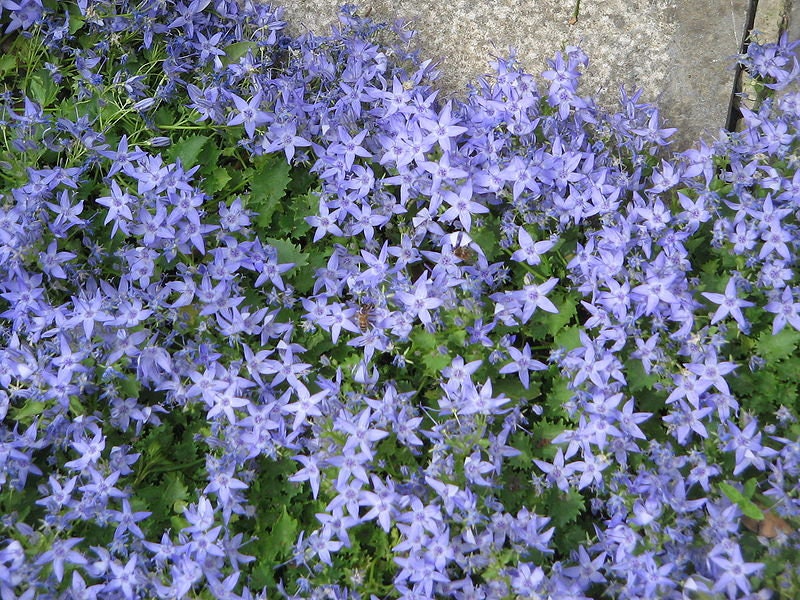
Image credit: https://i.etsystatic.com/
The plant has some cultivars such as Adriatica Blue, Blue Waterfall, and Avalanche Blue. The Adriatic bellflower may grow from 16 to 24 inches tall with a spread as wide as 18 inches. Plant it in sandy or well drained loamy soil. It’s is an excellent choice for a rock garden, border, or edging along a walkway.
Italian Bellflower or Campanula Isophylla
This is a species of campanula from Italy and is grown as an annual in colder regions globally. It’s also called Star of Bethlehem or Falling Stars. This flower is easy to grow if the soil is consistently moist and not wet or muddy. Italian bellflower blooms continuously during summer time into autumn, with its flowers covering the majority of foliage.
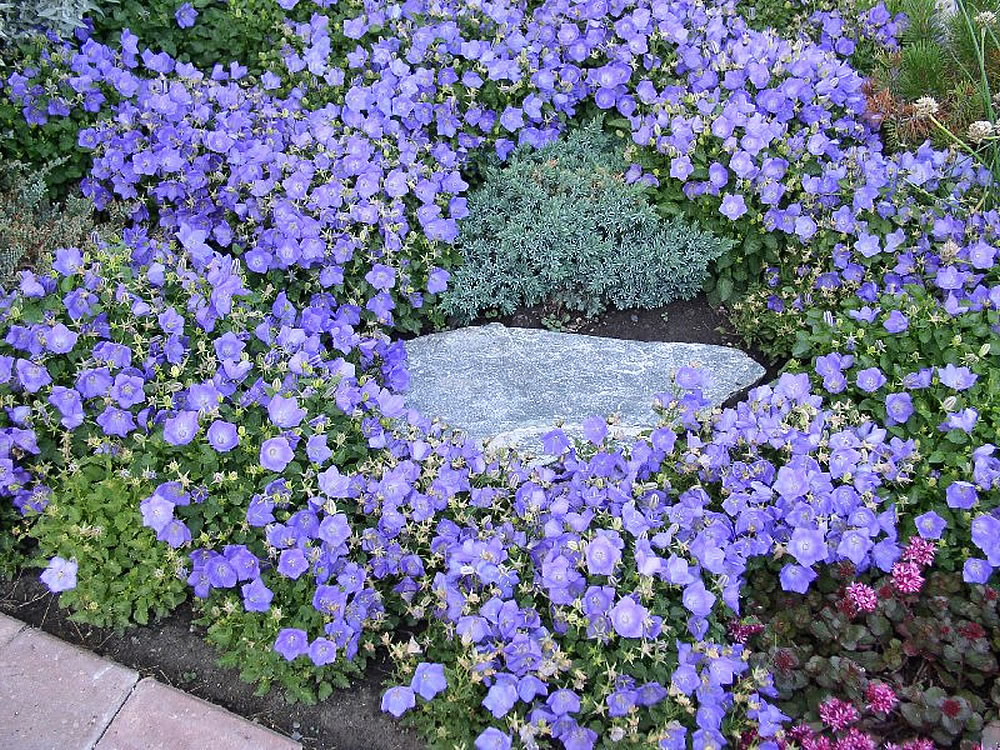
Image credit: http://www.plantsrescue.com/
Carpathian Bellflower or Campanula Carpatica
This is a beautiful campanula species from southeastern Europe, and it’s easy to grow in most areas. It has pale blue or white cup-shaped flowers that face upwards.
Italian bellflower and Carpathian bellflower are both members of the genus campanula. They’re both tall, hardy perennials making them excellent for use in flower gardens. Taller cultivars with lovely white or pale blue flowers appear in most gardening centers during springtime, so you would want to sow your seeds about three weeks before the last frost date.
It’s easy to grow and grows best in full sun locations in plant hardiness zones 3-9. It’s mostly used as a flowering ground cover edging plant and a filler in a container garden.
Spanish Bellflower or Campanula Primulifolia
The Spanish bellflower is native to southern Europe. It has nice little star-shaped lavender flowers from late spring to mid-summer. This flower is not only known as a perennial but is a sun-loving flower. It’s easy to grow and adapt well in different soils, but it does not perform too well in desert regions because of insufficient rainfall.
The flower blooms first at the bottom and works its way up the flowering stem. This contrasting-looking flower has a very little scent but looks stunning when it blooms against green foliage. You can start it in early spring, and they’ll be blooming by late spring.
Chimney Bellflower
Chimney bellflower is also known as campanula pyramidalis. This is one of the tallest campanulas, with flower blooms reaching up to 24 inches. The bell-shaped flowers are big, with vines growing up to 1 foot or so. It needs regular watering, but not too much rain during the summer.
This is an upright plant that grows well in the sun to partial shade conditions. Flowers first appear at the bottom and then move their way up along the stem.
Creeping or Rampion Bellflower
Rampion bellflower is also known as campanula rapunculoides. They’re very popular bellflowers, but you can avoid planting them because of their invasive nature. Before planting, make sure you check with your local county extension regarding its status in your area.
It’s very difficult to eradicate, thanks to its long taproots. It also spreads via rhizomes like the dalmatian bellflower, but it is much taller than a dalmatian. While it is considered invasive, it’s highly admired because of its lavender-blue flowers, which grows up one side of the stem.
Campanula Takesimana
Campanula takesimana is also called Korean bellflower. This bellflower bears clumps of many long, slightly arching leaves and tall stalks that end in spike-like clusters of showy bell-shaped flowers.
The plant reaches up to 40 centimeters (16 inches) high (roughly 1 meter). It has dark green, glossy leaves up to 5 centimeters (2 inches) long. The Korean bellflower is native to Korea, Japan, and China.
Peach Leaved Bellflower
The Peach-leaved Bellflower is a species of campanula whose botanical name is Campanula persicifolia. Although native to southern and central Europe, it has become naturalized in Britain and is now included as one of the British Isles’ most wanted plants by the Wild Flower Society.
It’s an elegant, medium-height perennial with purple or white flowers. Its dainty flowers are perched on showy stems with fine skinny foliage that looks like mini peach leaves.
ppachian Bellflower or Campanula Divaricata
It is a short, sturdy bellflower that produces small bluish-purple bellflowers in late summer. Campanula divaricata or Appalachian Bellflower has the tallest flower spike of any campanula native to North America.
It grows in wooded areas and mountains from southern New England west to Michigan and south to Georgia, Alabama, Mississippi, and Louisiana. In Tennessee, it is typically found in the higher elevations of East Tennessee and the middle to upper elevations in the mountains.
Spotted Bellflower or Campanula Punctata
Campanula is another Siberian native that is an upright plant that grows in clumps. Its bell shaped flowers can be either white or pink. It’s more sensitive to the heat of summer than other types of campanula but can survive at lower elevations. It blooms in June and July.
Campanula Trachelium or Nettle Leaved Bellflower
This native of the Mediterranean area prefers light shade and moist, well-drained soil. It produces blue-violet bell shaped flowers with fringed petals on hairy stalks. The leaves are heart-shaped and toothed.
Campanula Medium or Canterbury Bells
This native of the British Isles is very hardy and grows well in dry, free-draining soil and wet locations. It has light blue to white bell shaped flowers on upright stalks. This is the most common campanula species in flower gardens of North America and Europe.
FAQS on Popular Campanula Species
Do bellflowers come back every year?
Yes, bellflowers come back every year and spread easily to form a nice ground cover.
What is campanula?
Campanula is a genus of roughly 500 species and several subspecies distributed across the temperature and subtropical regions of the northern hemisphere. The species include annual, biennial, and perennial plants that vary in habit from dwarf arctic and alpine species.
Final Thought on Popular Campanula Species
Finally, with 500 species of campanula, you can grow campanulas in most gardening situations and landscapes. They make perfect rock gardens, border subjects, or groundcovers for dry conditions.
The post Popular Campanula Species appeared first on Kitchen Infinity.
Did you miss our previous article…
https://www.ilovethelovekitchen.com/?p=551

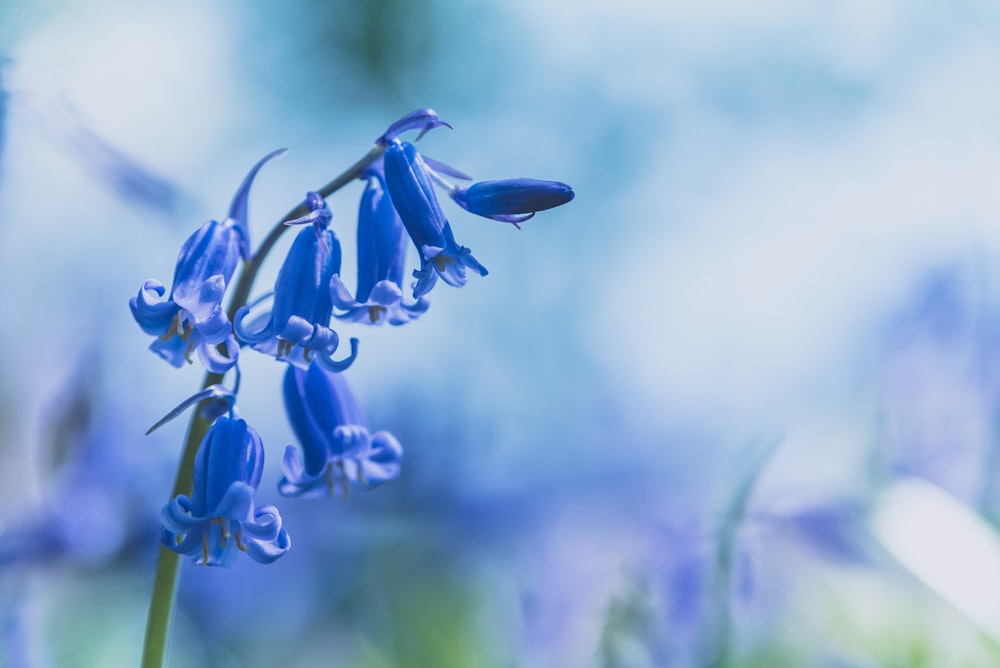

![13 Top Manufacturers of Luxury Vinyl [LV] Flooring](https://www.ilovethelovekitchen.com/wp-content/uploads/2021/12/Vinylwoodfloor-GettyImages-1086734442-54734c8c0a9a40f681ce97fa7deac657-1-800x450.jpg)
